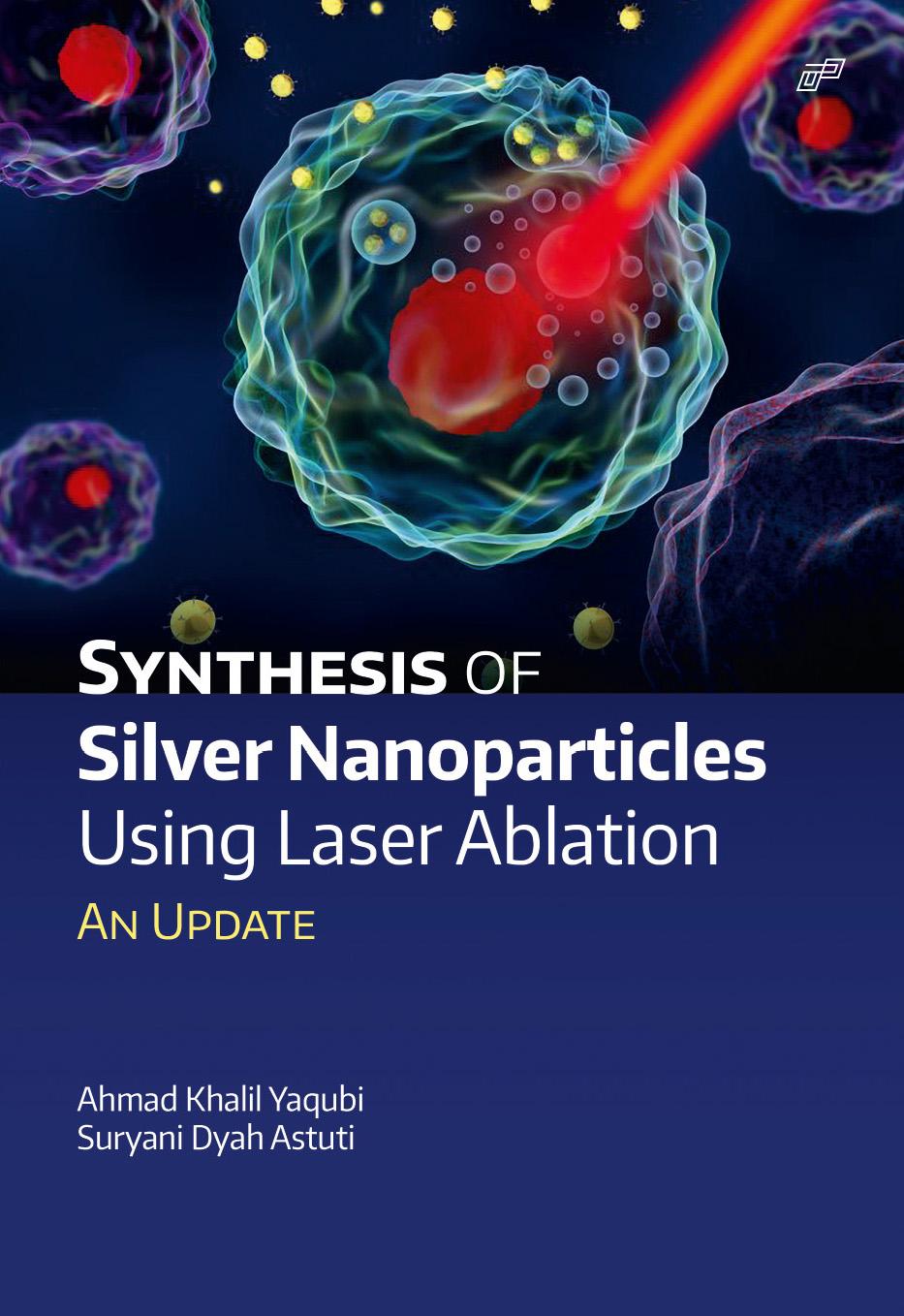SYNTHESIS OF SILVER NANOPARTICLES USING LASER ABLATION AN UPDATE
Keywords:
Silver Nanoparticles, Nanoparticles, Laser AblationSynopsis
This book explores the transformative potential of silver nanoparticles in combating bacterial infections, with a particular focus on their role in preventing the growth of multispecies biofilms crucial to oral implant development and addressing peri-implantitis. The journey begins with exploring the historical use of silver in medicine, tracing back to the time of Hippocrates and its subsequent relegation due to concerns over side effects.
As we delve into the contemporary era, nanotechnology takes center stage. The most cutting-edge technology available today, nanotechnology, has found applications across various domains, including medicine. Silver nanoparticles, in particular, have emerged as a promising tool in the fight against MDR bacteria.
The book navigates through the intricate world of silver nanoparticles, examining their synthesis through innovative techniques like laser ablation. Laser Ablation in Liquids (LAL) is explored as a green and eco-friendly synthetic method, allowing for the creation of pure nanoparticles without using additional chemicals.
The experimental assessments and antibacterial insights presented in this book shed light on silver nanoparticles’ efficacy in preventing the growth of biofilms. Researchers have utilized various characterization techniques, from UV-Vis spectroscopy to laser characterization, to understand the properties and behaviours of these nanoparticles.
Downloads
References
Rahman M.M et al. An overview of antimicrobial stewardship optimization: the use of antibiotics in humans and animals to prevent resistance // Antibiotics. – 2022 – Vol. 11, No. 5.- P. 667.
Stevens D.L. et al. Practice guidelines for the diagnosis and management of skin and soft tissue infections: 2014 update by the Infectious Diseases Society of America // Clinical infectious diseases. – 2014.- Vol. 59, No. 2.- P. e10-e52.
Van Duin D and Paterson D L. Multidrug-resistant bacteria in the community: trends and lessons learned // Infectious disease clinics. – 2016- Vol. 30, No. 2. P. 377-390.
Malik S. et al. Nanotechnology: A Revolution in Modern Industry // Molecules. – 2023- Vol. 28, No. 2. -P. 661.
Walker M. et al. Silver deposition and tissue staining associated with wound dressings containing silver // Ostomy/wound management. -2006- Vol. 52 No. 1- P. 42-4.
Durner J. et al. Influence of silver nano-particles on monomer elution from light-cured composites // Dental Materials. – 2011- Vol. 27, No -P. 7 631-636.
Penes ON. et al. Fabric with silver thread role in the control of bacterial contamination in critically ill patients/Tesaturi cu fir de argint având rol de control al contaminarii bacteriene la pacientii în stare critica // Industria Textila. – 2017 – Vol. 68 No. 1 – P. 54.
Naik K. and Kowshik M. The silver lining: towards the responsible and limited usage of silver // Journal of applied microbiology. – 2017 – Vol. 123, No. 5 – P. 1068-1087.
Hadrup N. et al. Toxicity of silver ions, metallic silver, and silver nanoparticle materials after in vivo dermal and mucosal surface exposure: A review // Regulatory Toxicology and Pharmacology. – 2018. Vol. 98 – P. 257-267.
Lansdown A. B. A pharmacological and toxicological profile of silver as an antimicrobial agent in medical devices // Advances in Pharmacological and Pharmaceutical Sciences. - 2010.
Bush K and Bradford P.A. -Lactams and -lactamase inhibitors: an overview // Cold Spring Harbor perspectives in medicine. – 2016- Vol.6, No. 8-P. a025247.
Lee S.H and Jun B.H. Silver nanoparticles: synthesis and application for nanomedicine. International journal of molecular sciences. – 2019 – Vol. 20, No. 4 - P. 865.

Published
Series
Categories
License

This work is licensed under a Creative Commons Attribution-NonCommercial-ShareAlike 4.0 International License.







